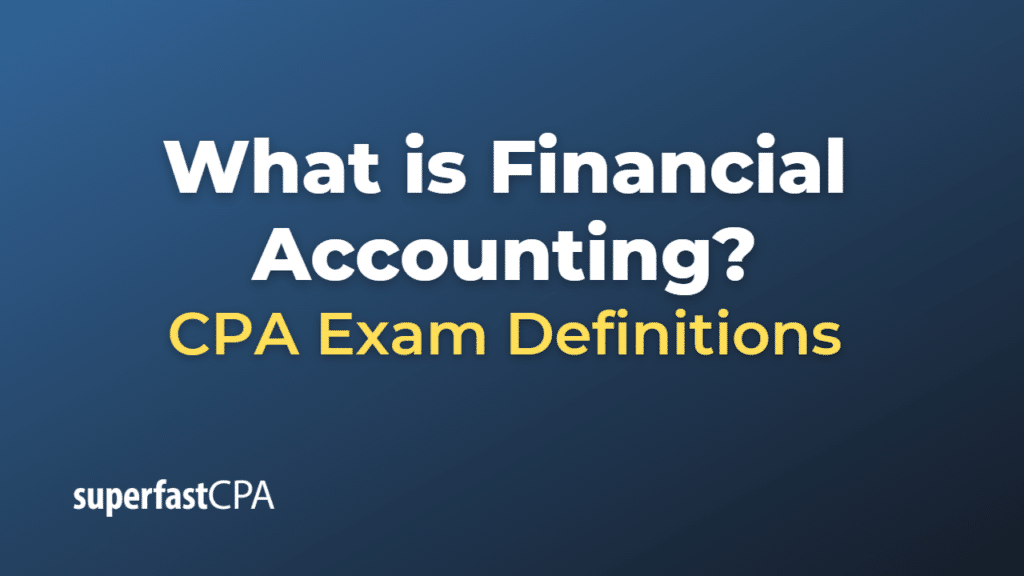Financial Accounting
Financial accounting is a specific branch of accounting that focuses on the process of preparing and presenting financial statements that can be used by stakeholders outside of the organization. These stakeholders include investors, creditors, regulators, and others who have an interest in understanding the financial health of a company but do not participate in its day-to-day operations.
Financial accounting involves recording, summarizing, and presenting a business’s financial transactions. The transactions are recorded in the company’s general ledger. The summarized information is then used to produce financial statements, including the balance sheet, income statement, and statement of cash flows.
The principles, rules, and procedures of financial accounting are governed by generally accepted accounting principles (GAAP) in the U.S. and by International Financial Reporting Standards (IFRS) in most other countries. These principles provide guidelines on how financial transactions and events should be recognized, measured, presented, and disclosed in financial statements.
The goal of financial accounting is to provide an accurate and complete picture of a company’s financial performance and position. It is essential for corporate transparency and the functioning of capital markets, as it enables stakeholders to make informed decisions about investing, lending, and other business activities.
Example of Financial Accounting
Let’s consider a simple example of how financial accounting works within a hypothetical company, Lemonade Stand Inc.
At the start of the fiscal year, Lemonade Stand Inc. invests $10,000 to purchase lemons, sugar, cups, and a stand. Throughout the year, the company sells $20,000 worth of lemonade. Their expenses, including the initial investment and wages for the lemonade stand workers, total $15,000.
Financial accounting will record all these transactions and summarize them in the financial statements as follows:
Income Statement
Revenue (from lemonade sales): $20,000 Expenses (cost of lemons, sugar, cups, wages, etc.): $15,000 Net Income (Revenue – Expenses): $5,000
Balance Sheet
Assets (cash from sales): $20,000 Liabilities (any debts, if any): Let’s assume zero for this example Equity (Net Income): $5,000
Cash Flow Statement
Cash from Operating Activities: $5,000 (Net Income) Cash from Investing Activities: -$10,000 (initial investment) Cash from Financing Activities: $0 (no loans or investments for simplicity) Net Increase in Cash: -$5,000
So at the end of the year, Lemonade Stand Inc.’s financial accounting reports show that the company has earned a net income of $5,000, has assets of $20,000, and its cash decreased by $5,000 due to the initial investment.
Remember, this is a simplified example. Real-world financial accounting can become much more complex due to the volume of transactions, the complexity of operations, and the need to adhere to accounting standards like GAAP or IFRS.













